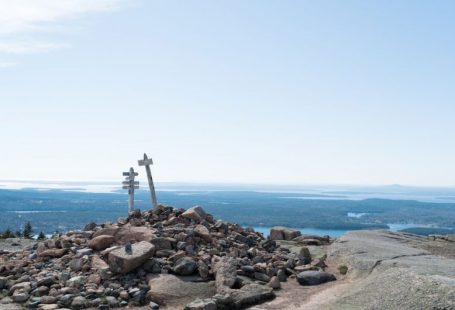Carving animal figures is a popular and intricate art form that requires skill, precision, and creativity. Whether you are a seasoned woodcarver or just starting out, mastering the techniques for carving animal figures can enhance your craft and bring your creations to life. In this article, we will explore some of the best techniques for carving animal figures that will help you achieve realistic and detailed results.
Choosing the Right Wood
Selecting the right type of wood is crucial when carving animal figures. Different woods have distinct characteristics that can affect the carving process and the final outcome of your sculpture. Hardwoods such as maple, oak, and cherry are ideal for carving intricate details and achieving a smooth finish. Softwoods like pine and cedar are easier to carve but may not hold fine details as well as hardwoods. Consider the grain pattern and density of the wood when choosing the material for your animal figure carving.
Creating a Detailed Design
Before you begin carving, it is essential to have a detailed design or reference image of the animal figure you want to create. Study the anatomy and proportions of the animal to understand its features and characteristics. Sketching the design on paper or creating a digital mockup can help you plan the carving process and visualize the final sculpture. Pay attention to the pose, expression, and texture of the animal to capture its essence in your carving.
Utilizing the Right Tools
Having the proper tools is essential for carving animal figures with precision and efficiency. A set of carving knives, gouges, chisels, and rasps are essential tools for shaping the wood and creating intricate details. Choose tools that are sharp, comfortable to hold, and suitable for the scale of your carving project. Experiment with different tool sizes and shapes to achieve various textures and effects in your animal figure carving.
Mastering Relief Carving Techniques
Relief carving is a technique where the design is carved into a flat surface to create a three-dimensional effect. This technique is commonly used in carving animal figures to add depth and dimension to the sculpture. To master relief carving, start by outlining the design on the wood surface and gradually carving away the excess material to create layers and contours. Use a combination of carving tools to achieve different levels of depth and detail in your animal figure carving.
Adding Texture and Detail
Texture plays a crucial role in bringing realism and character to animal figure carvings. Experiment with various carving techniques such as stippling, cross-hatching, and undercutting to create fur, feathers, scales, or other textures in your sculpture. Pay attention to the direction of the texture lines and the spacing between them to mimic the natural patterns found in animal skin or fur. Adding intricate details like facial features, claws, or feathers can enhance the overall look of your animal figure carving.
Finishing and Painting Techniques
Once you have completed the carving process, it is time to finish and paint your animal figure sculpture. Sand the surface of the carving to smooth out any rough edges or tool marks and prepare it for painting or staining. Consider using wood stains, acrylic paints, or wood burners to add color and depth to your animal figure carving. Seal the finished sculpture with a clear varnish or wax to protect the wood and enhance its natural beauty.
Embracing Creativity and Practice
Carving animal figures is a challenging yet rewarding art form that requires patience, practice, and creativity. Don’t be afraid to experiment with different techniques, tools, and styles to develop your unique carving skills and artistic vision. Practice regularly and seek inspiration from nature, photographs, and other artists to expand your repertoire and hone your craft. With dedication and passion, you can master the art of carving animal figures and create stunning sculptures that capture the beauty and essence of the animal kingdom.
Incorporating these techniques into your carving practice can elevate your skills and help you create captivating and lifelike animal figure sculptures. Whether you are carving a small figurine or a larger sculpture, mastering the art of carving animal figures requires attention to detail, creativity, and a deep appreciation for the natural world. Experiment with different woods, tools, textures, and finishing techniques to bring your animal figure carvings to life and showcase your talent as a skilled woodcarver.





